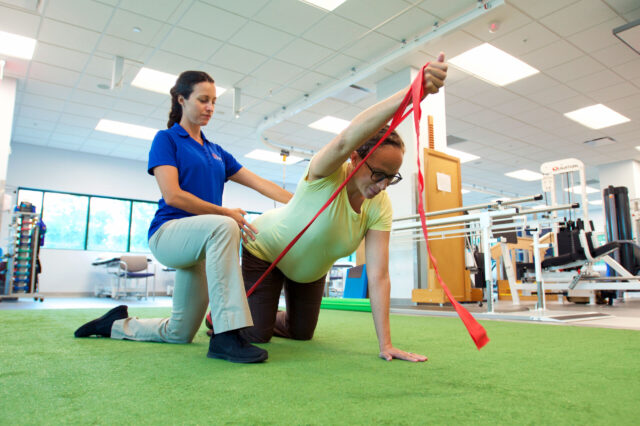Examining the Nuances of Chronic Symptoms Following Athletic Traumas and Its Effect on Healing
Chronic discomfort is a major concern that frequently results from athletic traumas, impacting numerous sportspeople and physically engaged persons. When someone suffers from a athletic trauma, such as a ligament injury, muscle tear, or break, the initial response usually includes soreness and inflammation. However, for some individuals, this discomfort does not diminish after the damage recovers. Instead, they may persistently experience pain well beyond the original trauma. This persistent condition is known as long-term discomfort, and it can be difficult to manage. Comprehending the nuances of persistent discomfort is essential for both patients and healthcare providers to ensure successful rehabilitation.
A primary cause persistent discomfort can emerge after a physical trauma is due to the physiological reaction to injury. When tissues are damaged, the body sends out signals to notify the brain of the damage. This mechanism includes inflammation, which is part of the recovery process. However, in some instances, this immune reaction can become heightened or extended, resulting in ongoing discomfort even when the damage has resolved. Additionally, psychological factors like anxiety and low mood can contribute to how people perceive sensation. Sports participants may feel stressed about returning to their sport, which can influence their interpretation of discomfort.

Chronic pain can significantly impact an individual athlete’s rehabilitation journey. It can limit their ability to train and perform at their usual levels. Sportspeople may end up unable to engage in training sessions or games due to concern of aggravating their condition. This situation can result in emotions of frustration and social withdrawal. When patients cannot function as they did prior to their trauma, it may also impact their mental health and self-esteem. As a result, treating both the physical and emotional components of recovery is essential for overcoming long-term discomfort.
Multiple treatment options are available for addressing chronic pain after athletic trauma. Healthcare providers frequently recommend a blend of physiotherapy, medication, and complementary therapies like needle therapy or massage therapy. Rehabilitative exercise emphasizes improving muscle power and flexibility while managing discomfort through specific movements. Medications such as anti-inflammatories or analgesics may be prescribed to look what i found temporarily ease discomfort. Each athlete’s condition is unique; therefore, developing a personalized care strategy that considers personal requirements and goals is crucial for effective rehabilitation.
In conclusion, persistent discomfort following athletic trauma is a multifaceted issue that demands careful evaluation and management. It affects not only the bodily aspect of recovery but also the emotional well-being of sports participants. By understanding the causes and impacts of chronic pain, patients click here for info and healthcare providers can collaborate effectively more effectively toward rehabilitation. With appropriate treatment strategies and rehabilitative resources in place, many individuals can successfully manage chronic pain and resume participation in their favorite sports activities to the fullest.